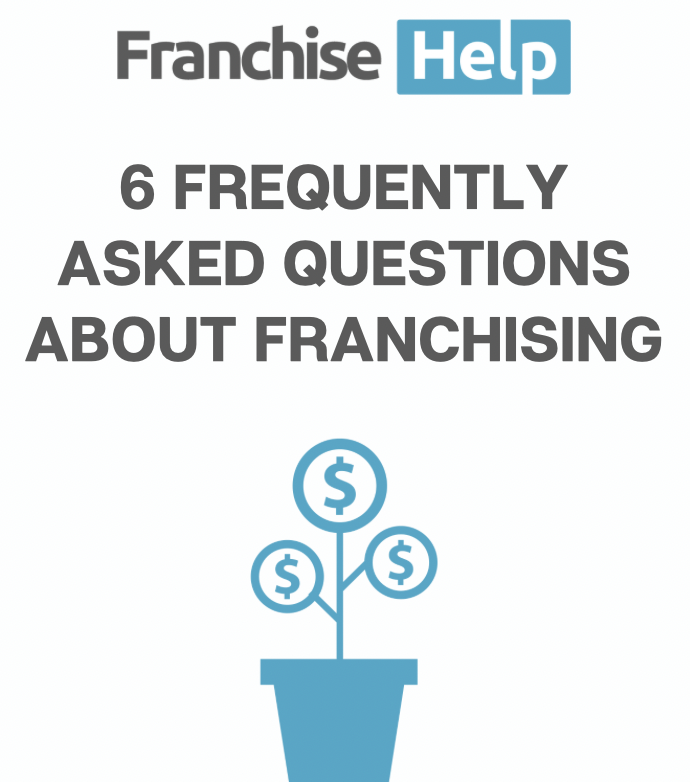Navigate quickly
The Co-branding Franchise Trend
Borrowed from the brand management term “Co-branding,” this technique has been used for numerous brands to complement each other.
What is Co-branding?
This term has relevance to franchising when it involves two, three or more brands in the same geographical location that complement one other in a manner that gives each greater revenues, greater operational efficiency, or greater profitability by working together.

Co-branding is most commonly found in the fast food and restaurant businesses, as these types of businesses often face problems operating in certain times or seasons and could benefit from the assistance of other services to justify their overhead or operating costs.
For example, a frozen yogurt franchise may face problems making significant sales during the winter season while their expenses remain the same the year round. However, by siding with a franchise such as a gas station, the franchise finds that it may have certain impulse buying customers even during the winter season.
Similarly, some fast casual and fast food franchisors have partnered with other food brands to improve their channels or simply to attract the same customers to a variety of options.
Why Co-brand?
Ultimately, there could be a number of reasons why co-branding is pursued. A few of those reasons include:
a) The products complement each other: An ice-cream and frozen yogurt stall would complement a deli or sandwich shop. Similarly, a tailor would complement a department store.
b) Costs can be shared: If there is free space available at a store, it can be used by some other product offering company and can be used as a sample room. Normally in large malls and superstores, companies provide their products for display under their own brand name and this way they are saved the expense of creating their own stores, while the superstores have new varieties available for display.
This strategy can be applied to any number of combinations and depends on the creativity and realization of the market needs. Nowadays we experience co-branding all the time, as we have delis present with gas stations, ice cream being offered at fast food outlets, car washes working alongside gas changing stations and countless other permutations and combinations. The major factor here is that there should be relevance between the two types of businesses; if they're totally unrelated in product or customer base the co-branding strategy would be unlikely to yield positive results.
Co-branding Example
Allied Domeq Retailing USA, a large franchising company, has recently adopted a three-brand opportunity which would best illustrate the example of co- branding strategy.
- They have Dunkin Donuts as their first franchise brand, which attracts the breakfast crowd and some late-night eaters who are attracted by the donuts, bagels and coffee offered.
- They have a second brand, Baskin-Robbins, which has a wide variety of ice-cream and yogurt flavors and other cold desserts which cater to the needs of the lunch hour until closing time for the outlet.
- The third brand, Togo’s Sandwiches, a sandwich and salad concept, attracts heavy business during lunch hours and to a lesser degree at dinnertime.
By combining these three concepts, Allied Domeq Retailing has created an offering that can satisfy customers from morning to night, meaning the franchisee has the ability spread his or her rent / real estate overhead out across a larger base of sales rather than a narrow window of morning, midday or evening.
Ultimate franchising guide
All you need to know as a first time franchisee: Step by step guidance from experienced franchise professionals.
















